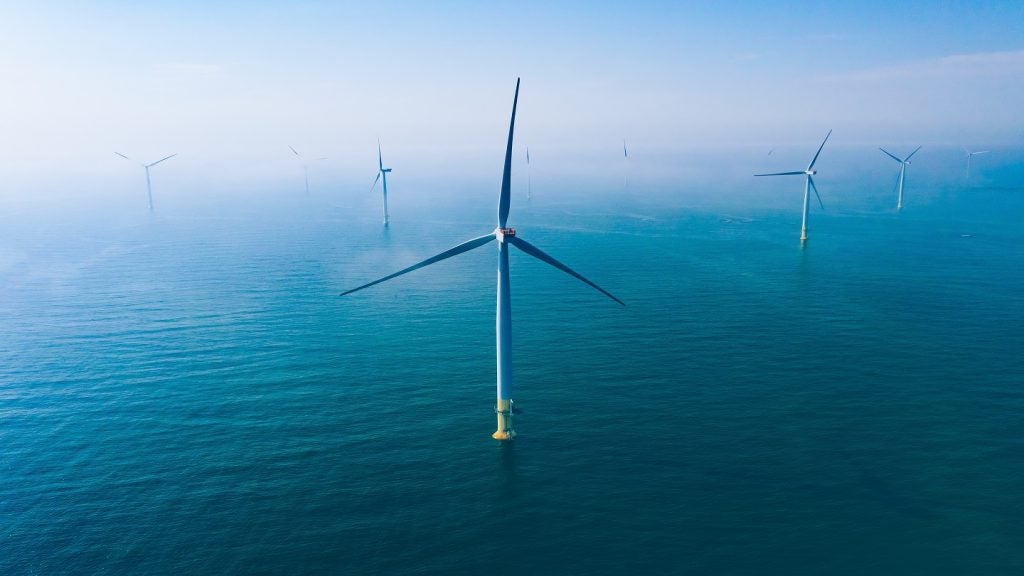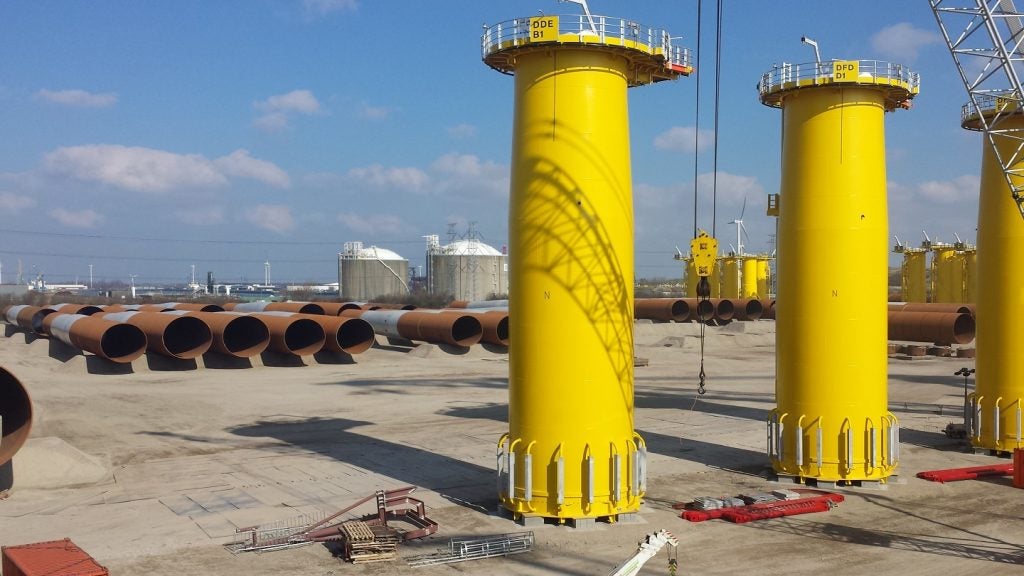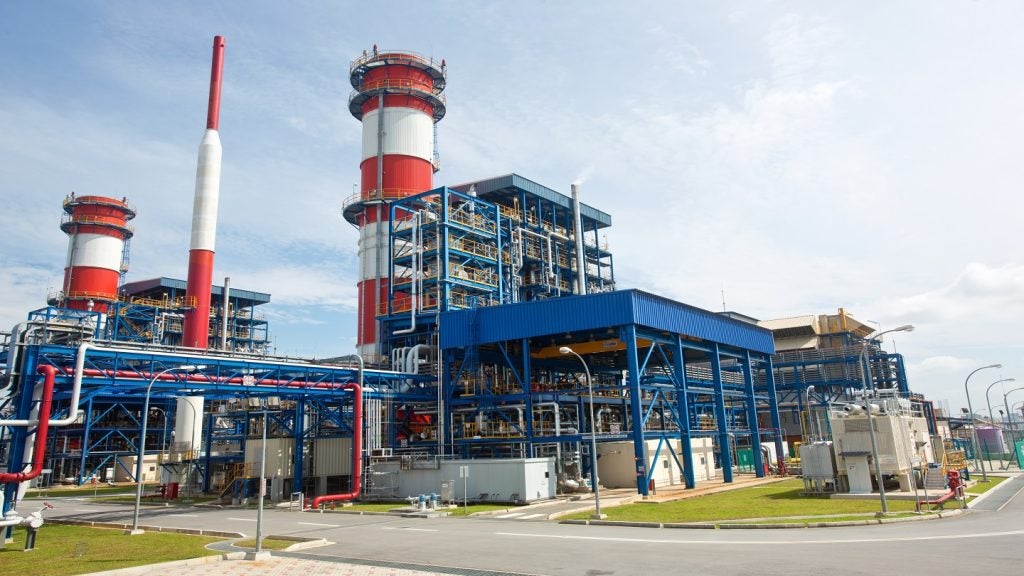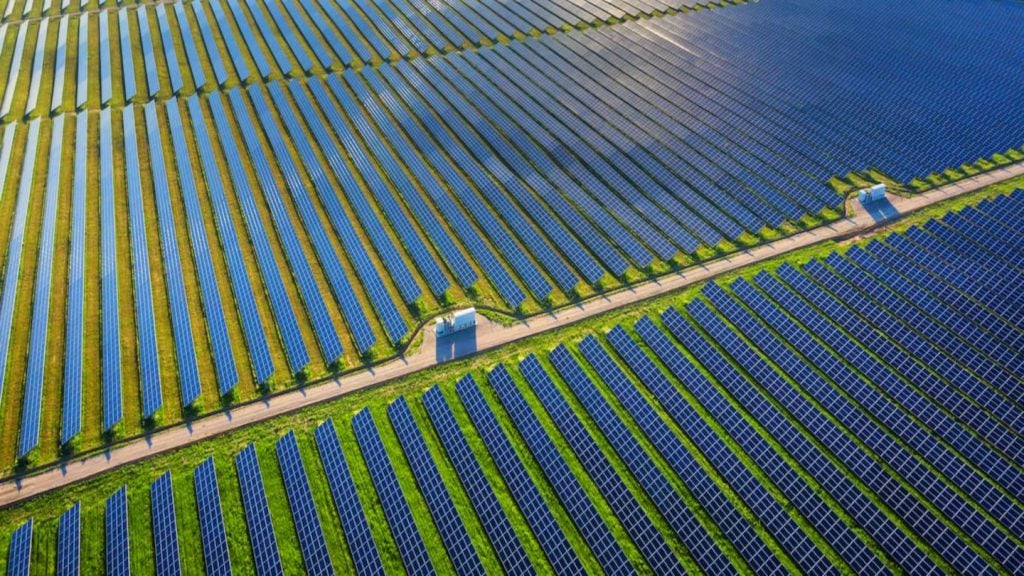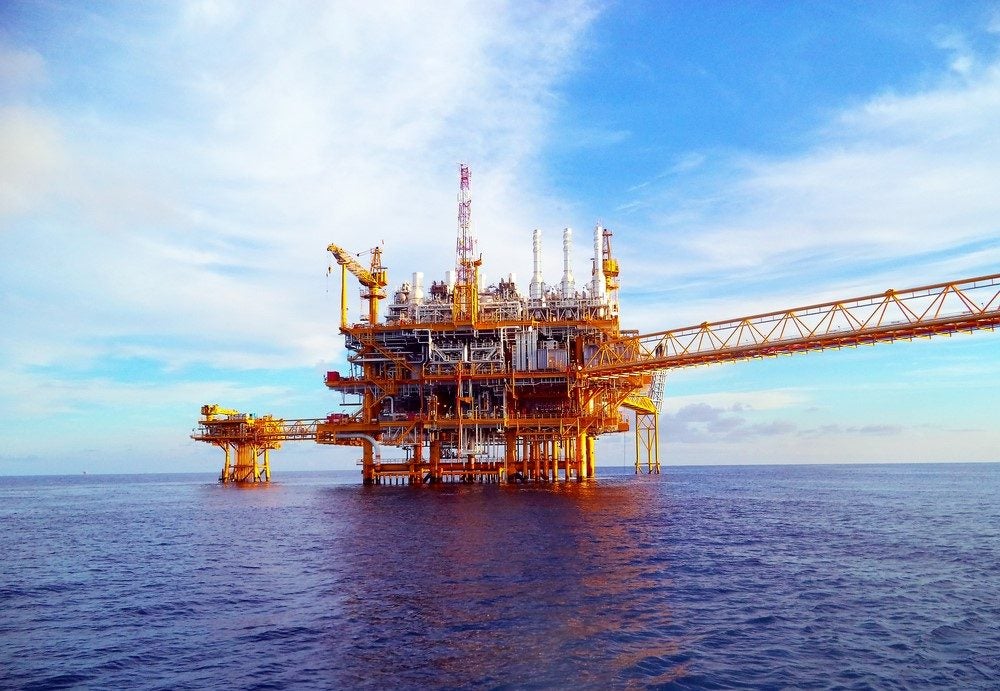The US Bureau of Ocean Energy Management (BOEM) has initiated a process to consider offshore wind energy leasing off the coast of Guam, a US Pacific territory.
The agency has issued a Call for Information and Nominations to collect public input and identify potential areas for leasing. The move aligns with Guam's renewable energy goals of 50% by 2035 and 100% by 2045.
The move also supports the US administration's goal of installing 30GW of offshore wind energy capacity by 2030 and 15GW of floating offshore wind energy capacity by 2035.
The public and stakeholders have been encouraged to provide insights on environmental and usage aspects of the potential leasing zones. Wind energy companies have also been invited to nominate preferred areas for leasing.
The BOEM will collaborate with local governments, indigenous communities, stakeholders and federal agencies to mitigate conflicts and identify areas with minimal impact for offshore wind development.
After reviewing public comments and commercial nominations, the BOEM will determine specific wind energy areas (WEAs) within the call area.
Should there be commercial interest, the BOEM will proceed to identify WEAs for leasing and conduct environmental reviews before proposing competitive lease sales.
BOEM director Elizabeth Klein said: “Responsible offshore wind development off Guam’s coast offers a vital opportunity to expand clean energy, cut carbon emissions, and reduce energy costs for Guam residents.
“We remain committed to tackling the climate crisis, achieving President Biden’s energy goals and ensuring economic opportunities for all, including under-served communities.”
The BOEM has been proactive in fostering a clean energy economy to bolster the nation’s power grid. It has approved the inaugural 11 commercial-scale offshore wind projects and also conducted six offshore wind lease auctions since 2022.
In November last year, the BOEM published its final environmental impact statement for the SouthCoast Wind Project. The project is expected to generate 2.4GW of offshore wind energy, enough to power 800,000 homes.


